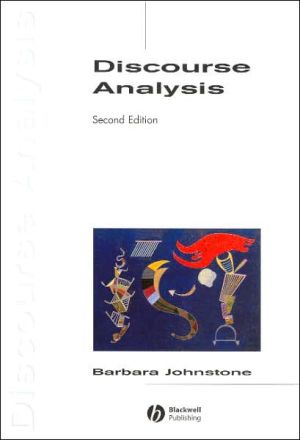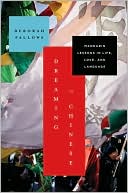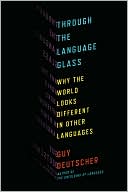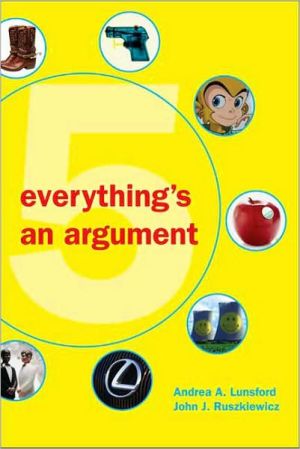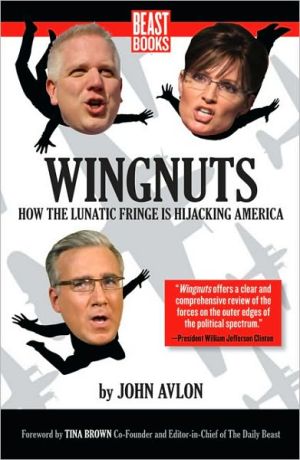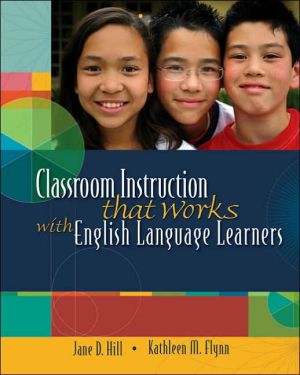Discourse Analysis
Fully revised and updated throughout, the new edition of Discourse Analysis is a user-friendly textbook for students taking their first course in linguistic approaches to discourse.\ \ \ Second edition of a popular introductory textbook, combining breadth of coverage, practical examples, and student-friendly features\ Includes new sections on metaphor, framing, stance and style, multimodal discourse, and Gricean pragmatics\ Considers a variety of approaches to the subject, including critical...
Search in google:
This popular introductory textbook is now available in a revised and updated second edition. Assuming no previous background in linguistics, it encourages students to think about discourse analysis as an open-ended set of techniques, carefully balancing the coverage of topics with extensive practical examples.Johnstone considers a variety of approaches to the subject, including critical discourse analysis, conversation analysis, interactional and variationist sociolinguistics, ethnography, corpus linguistics, and other qualitative and quantitative methods. Detailed descriptions of the results of discourse analysts' work are also featured. The second edition retains and expands the useful student features, including discussion questions, exercises, and ideas for small research projects. This combination of breadth of coverage, practical examples, and student-friendly features make Discourse Analysis the ideal textbook for students taking their first course in linguistic approaches to discourse.
List of FiguresPreface1Introduction11.1What is Discourse Analysis?11.2Some Uses of Discourse Analysis51.3Facets of Discourse Analysis71.4Discourse and Text: The Data of Discourse Analysis191.5Transcription: Representing Speech in Writing201.6"Descriptive" and "Critical" Goals252Discourse and World292.1Linguistic Categories, Minds, and Worldviews322.2Discourse, Culture, and Ideology392.3Language Ideology552.4Silence583Discourse Structure: Parts and Sequences633.1Words and Lines673.2Turns and Moves in Conversation723.3Paragraphs and Episodes753.4Discourse Schemata and the Structure of Narrative813.5The Emergent Organization of Conversation903.6Old and New Information and the Organization of Sentences973.7Cohesion1013.8Structures and Rules1074Speakers, Hearers, Audiences1114.1Power, Solidarity, and Community1124.2Social Roles and Discourse Roles1194.3Audience, Politeness, and Accommodation1244.4Attributed Identities and Situated Identifications1294.5Agency and Self-Expression1325Prior Texts, Prior Discourses1375.1The Idea of Intertextuality1395.2Repetition in Conversation1435.3Register: Repeated Styles for Repeated Situations1475.4Genre: Recurrent Forms, Recurrent Actions1555.5Plot and Coherence1616Discourse and Medium1686.1Early Work on "Orality and Literacy"1706.2Literacy and Literacies1746.3Communication and Technology1806.4Planning and Discourse Structure1826.5Fixity, Fluidity, and Coherence1886.6Medium and Interpersonal Relations1907Discourse and Purpose1967.1Speech Acts1977.2Contextualization Cues and Discourse Marking2037.3Rhetorical Aims, Strategies, and Styles2107.4Verbal Art and Performance2207.5Performances of Identity2238Some General Themes2278.1A Heuristic Approach to Discourse Analysis2278.2Locations of Meaning2308.3Discourse as Strategy, Discourse as Adaptation2328.4Language and Languaging2348.5Particularity, Theory, and Method2368.6From Text Outward237Glossary239References243Index263
\ From the Publisher"A feature, and strength, of the book is its balanced approach. Johnstone does not support one approach at the expense of others, but carefully explains that texts can be analyzed in different ways, the reasons why some researchers choose one approach over another, and the results that different approaches bring." (Discourse Studies, January 2009)\ “The exercises incorporated into the book help students carry out mini-discourse analyses on their own … .This book uses the learning-by-doing methodology, distinguishing it from other introductory books on the subject. And it clearly benefits from the author's rich synthesis of the field made possible by her long and distinguished career. This book will satisfy the curiosity of many TESL professionals, researchers and teachers alike. It also provides sufficient grounding for anyone who would like to pursue in greater depth the themes it introduces. As an entrée to the field, Discourse Analysis is highly recommended.” (TESL-EJ, June 2008) \ \ \ \
